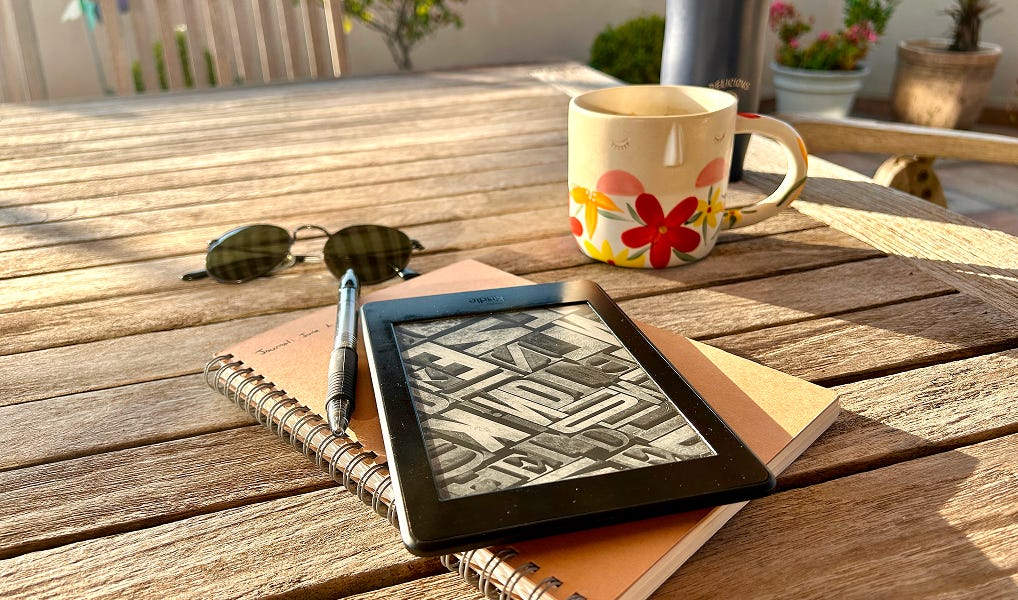I Quit My Job and Tried to Get Fitter. Here’s What Actually Helped.
A year ago, I quit my job.
It was a big decision. I’d followed “the plan” my whole life — study hard, get the job, climb the ladder, stay busy — and never really paused to ask: Who even am I? What do I want?
So, like any high-functioning achiever who defaulted her way into a decent life and quietly lost motivation, I hit my late 30s and found myself asking some uncomfortable questions.
To be clear, quitting was one of the best decisions I’ve ever made and I am fortunate enough for this to be an option. It helped me reconnect with what matters to me and feel more confident in being… well, flawed. (And I have a lot of flaws. )
But also, with the break in my schedule came something weird: my body started acting a little off. Less stress, more time, and a body that, for the first time, felt safe enough to reveal the stress it had been under all along.
And true to form, I went straight into problem-solving mode: Let’s get fit. Let’s build muscle. Let’s lose fat.
You know, the classic midlife “get in shape” moment. What could go wrong? 😅
Spoiler: a lot could go wrong.
I have an obsessive streak. So I went all in — macro counting, calorie spreadsheets, 30g of protein at every meal, the works.
At first, it felt productive. Until it didn’t.
I’d be “on plan” for a while… then I’d fall off. The more I tried to do everything right, the worse it got. It was like I was in that hamster wheel, doing a lot but getting nowhere.
I wasn’t lazy. I wasn’t unmotivated.
I was stuck in a loop.
So I started learning how behavior actually changes.
Turns out, change doesn’t come from discipline alone. It comes from design — the habits, triggers, and feedback loops your brain is already running in the background.
And more often than not, your brain is clinging to what’s familiar, not what’s helpful.
That’s when things started to click.
Here’s what actually helped me start shifting (and what I now believe applies to anyone trying to change how they eat, move, or feel):
What actually worked (and what didn’t)
Make a plan that fits you, not the ideal
I stopped trying to meet the ideal version of what to do and started designing for who I really was and what I was struggling with. I needed to be less obsessive, ditch all the calorie counting but still have structure that fit my new off-work schedule and my preferences.
Build flexibility and lightness
I learned the hard way: if your plan doesn’t bend, it breaks. Progress came when I ditched the “perfect routine” and started showing more compassion when things fell off. I needed to see “falling off” as not a mistake but rather a way to reflect and learn about myself. And then.. adjust. (To be honest, as a long time perfectionist, I’m still working on this.)
Feedback loops > discipline
Instead of tracking every gram, I checked in. What worked today? What didn’t? I love tracking things and rather than letting that go I became less obsessed with tracking outcomes and added a layer of behaviors I wanted to build (Am I eating consistently? Am I walking? And am I enjoying the process?).
Don’t go at it alone
Sometimes I’d talk to a friend. Sometimes I’d write things down. And most of the time…
I used ChatGPT as my coach. 😂
Honestly? Game changer.
I started asking it questions when I was feeling off. Or overwhelmed. Or stuck in a thought spiral. It even helped me understand what my goals should actually be and meet me where I was at.
It would:
Calm me down
Break things down
Include foods I liked
Ditch exercises I hated
And explain the science of habits and our brain and behavior change
I fed it a ridiculous amount of context and data — my sleep, my steps, my mood, my habits, my workouts — and it actually helped me make sense of it.
The best part? It never got tired of me. I have literal hours of conversations with it. And it never once rolled its eyes.
But also... this should be easier.
I had the time, motivation, and curiosity to cobble together my own little system. Most people don’t.
Tracking, reflecting, adapting, adjusting… It’s a lot. Especially when you’re just trying to feel a little better and don’t want your whole life to revolve around grams of protein and gym selfies.
But I do believe this can be easier.
What if we could combine:
Your real context (habits, patterns, preferences)
Your data (steps, sleep, stress, food, mood)
And AI that actually understands you and helps you adjust in real-time?
Something that thinks with you, is there when you fall or when you’re winning, and helps you stay on track.
Turning all this into something real
Lately, my husband’s joined the ride too, using ChatGPT to get back into cycling and keep him on track for fat loss. (He’s trained in neuroscience-based coaching, so this stuff is right up his alley.)
Together, we’ve started building something: A simple way to make change easier, using the tech and data we already have.
We’ll share more soon.
In the meantime, we’ll be sharing thoughts on behavior change, progress loops, and how tech can actually support change… without turning us into robots.


